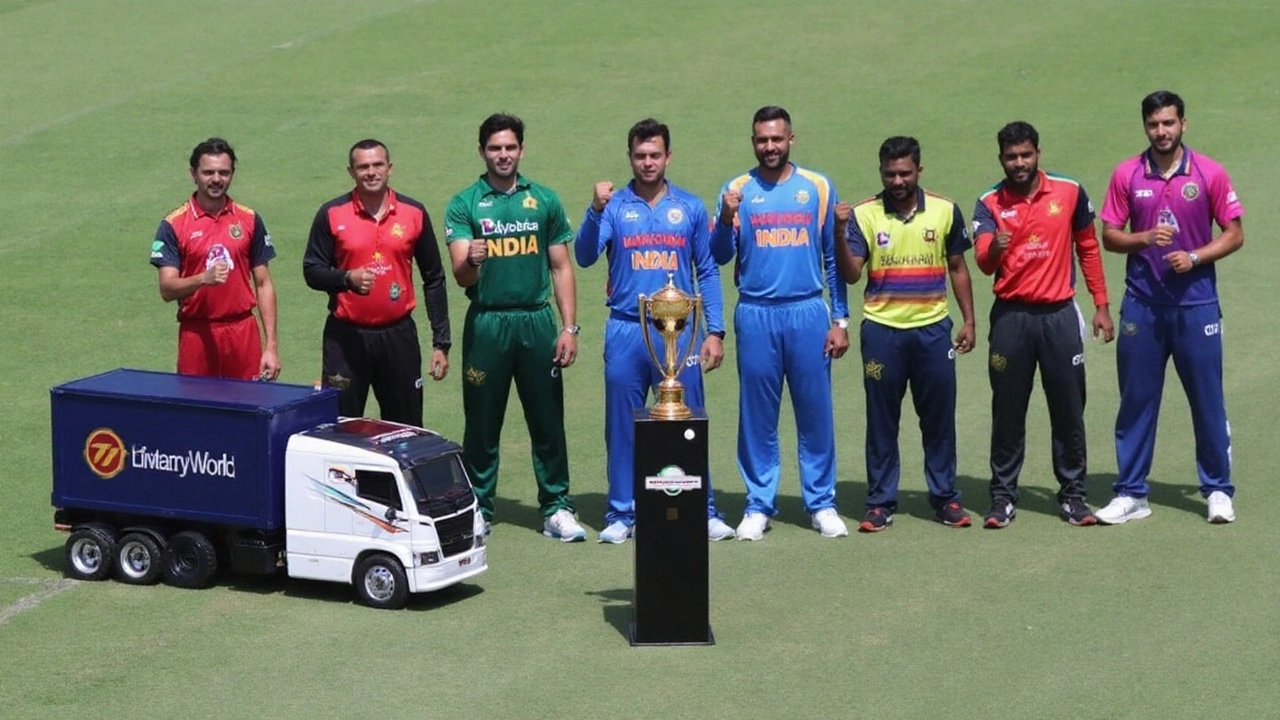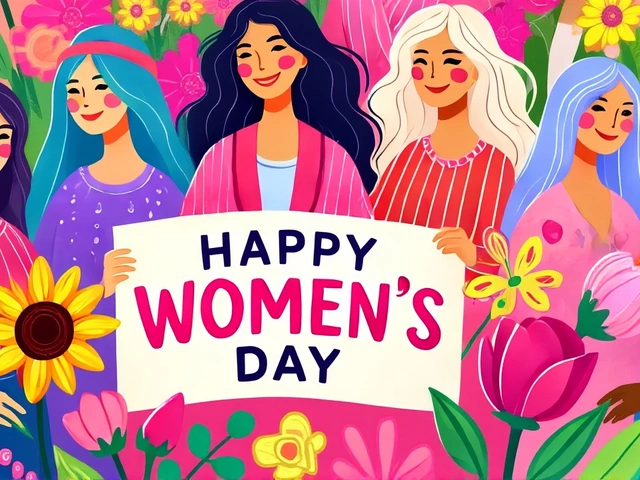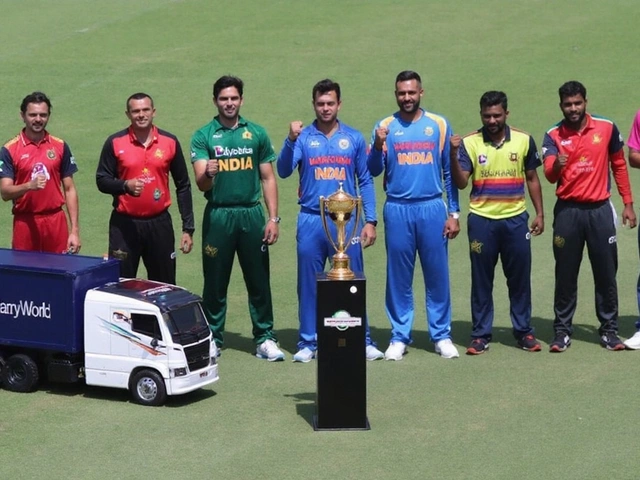Pakistan vs India: What Sets Them Apart and What Brings Them Together
When you hear "Pakistan vs India" you probably think of sports rivalries or political headlines. But the story runs deeper. Both countries share a long history, a massive population, and similar cultural roots, yet they have taken very different paths since 1947. In this guide we break down the big areas people compare – history, economy, culture, and current relations – so you can talk about the topic with confidence.
History and Politics: A Split That Still Echoes
The British left South Asia in 1947, carving out two nations based on religion. India became a secular republic, while Pakistan was created as a Muslim state. That initial division set the tone for decades of border disputes, most famously over Kashmir. Both nations have had military coups, but India has stayed a democratic stronghold, whereas Pakistan has seen several periods of military rule.
Economy: Numbers, Growth, and Everyday Life
India’s economy is now the world’s fifth‑largest, driven by tech, services, and a huge consumer market. Pakistan’s GDP is smaller but growing, with agriculture, textiles, and a budding IT sector. Per‑capita income in India outpaces Pakistan, giving many Indians a higher standard of living. Still, both face challenges like unemployment and income gaps, and both rely heavily on remittances from overseas workers.On the ground, you’ll notice differences in daily life. In India, you’ll find a wide network of private and public transport, while Pakistan’s cities often depend more on shared taxis and buses. Both countries love street food, but the flavors vary – think biryani in Hyderabad versus Lahore’s spicy chicken pulao.
Education is another area where the two diverge. India has a massive private‑school market and a reputation for engineering graduates, while Pakistan is pushing reforms to improve literacy and skill training. The result is a steady flow of Indian tech talent abroad, whereas Pakistani professionals are making a mark in finance and cybersecurity.
Culture ties the two nations together more than you might think. Bollywood films are popular in Pakistan, and Pakistani singers often appear on Indian TV shows. Cricket is the biggest shared passion; a match between the two sides can pause a whole nation’s routine. Music, poetry, and food all carry similar roots, even if regional twists give each a distinct flavor.
Today, the relationship is a mix of competition and cooperation. Trade between the two has risen in recent years, but political talks still stall over border issues. Climate change pushes both to work together on water sharing and disaster response. If you follow the news, you’ll see diplomatic overtures followed by sharp rhetoric – a pattern that’s become almost routine.
So why does "Pakistan vs India" matter beyond headlines? It shapes regional security, influences global markets, and affects millions of ordinary people who live side by side. Understanding the core differences and commonalities helps you see the bigger picture – whether you’re a student, a businessperson, or just a curious reader.
Next time you hear the phrase, remember it’s not just a rivalry; it’s a complex relationship that continues to evolve. Keep an eye on trade data, watch how young entrepreneurs in both countries innovate, and notice the cultural exchanges that keep the dialogue alive. That’s the real story behind Pakistan vs India.
Asia Cup 2025 Super 4 Line‑up Confirmed: India, Pakistan, Sri Lanka, Bangladesh Gear Up for Dubai Showdown
Four Asian powerhouses – India, Pakistan, Sri Lanka and Bangladesh – have booked their spots in the Asia Cup 2025 Super 4 stage. The round‑robin runs from September 20 to 26 across Dubai and Abu Dhabi, with the final set for September 28 in Dubai. India aims for a record ninth title, while the other three chase continental glory.





